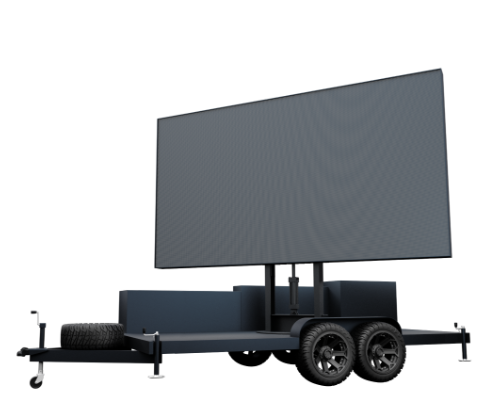Improving Output and Durability By Implementing Efficient Thermal Management in Digital Wall Systems
Wiki Article
Luminescent display panels remain increasingly widely used in multiple fields, such as advertising, leisure, as well as even domestic design. These screens deliver bright, lively presentations that can draw attention and elevate visual impressions. Still, one critical aspect of preserving their effectiveness and longevity is proper thermal control. When Light Emitting Diode units operate, they produce heat. If this thermal load is not controlled appropriately, it can lead to diminished luminance, color fidelity, and possibly a limited operational life for the panels. Consequently, recognizing how to effectively dissipate thermal output is vital for enhancing the efficiency of luminescent wall modules.

Temperature management in LED systems refers to the techniques used to regulate and lower the surplus thermal energy produced throughout use. One widely used practice utilizes compounds with high conductive properties, such as aluminium or metal alloys. These components can rapidly transfer thermal energy away from the light-emitting components, maintaining the operating temperature inside a acceptable level. Furthermore, the design of Light Emitting Diode modules has a important role in thermal control. Panels that integrate thermal sinks or ventilation systems enable heated air to exit while drawing in fresh currents, further aiding in thermal regulation.
A further important element in efficient heat management click here now is appropriate installation and positioning of luminescent modules. Guaranteeing that there is adequate clearance near the panels enables improved circulation, which helps to lower the temperature of them efficiently. It is also essential to avoid installing lighting panels in enclosed areas where temperature can become trapped. Instead, they should be mounted in environments with good ventilation to support efficient heat control. Professionals often recommend placing luminescent units away from direct solar exposure or other temperature sources to reduce the risk of overheating.
Regular upkeep of Light Emitting Diode modules is also important for ensuring effective thermal management. Debris and residue can special effects with led screens collect on the surface of the panels and within their components gradually. This collection can block airflow and hinder the unit’s capability to dissipate heat properly. Cleaning the surfaces routinely and ensuring that any interior parts are without clogs will support sustain optimal performance levels. Additionally, inspecting for any indicators of fatigue or defects can assist in preventing overheating problems before they become serious problems.
In conclusion, effective thermal management is crucial for optimizing both the functionality and lifespan of luminescent modules. By employing metals with high thermal conductivity, ensuring proper installation and placement, and carrying out consistent servicing, owners can substantially elevate their luminescent results. Applying these practices not only aids in sustaining the standard of the visuals but also supports power efficiency and eco-friendliness in illumination systems. With ongoing technological progress, focusing on thermal control will continue to be an essential aspect of employing LED wall panels to their full potential.